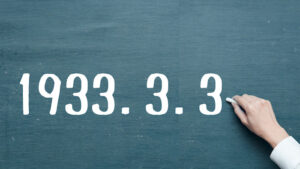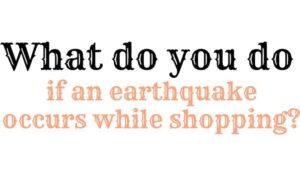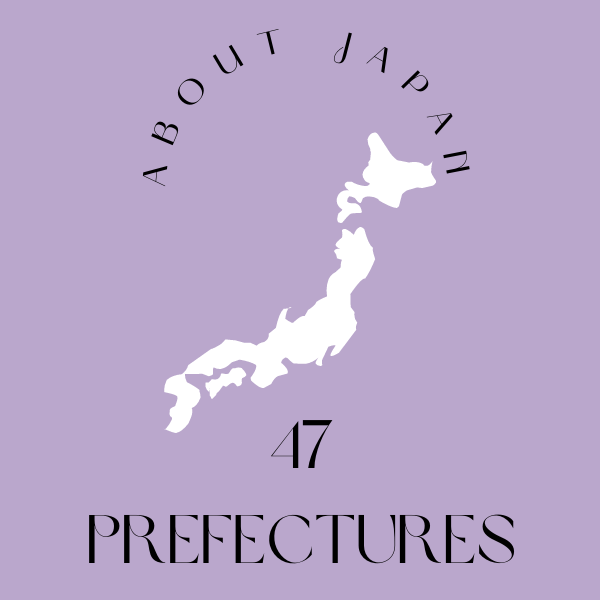CONTENTS
Fear of Sudden Tsunami
Japan is a country in which 39 of the 47 prefectures (excluding 8 prefectures) face the sea. Therefore, earthquakes and volcanic eruptions in Japan and abroad often cause tsunamis.
Unlike earthquakes, we rarely experience them, so it may be difficult to feel them when warnings and advisories are announced. However, even a tsunami of a few dozen centimeters can be powerful enough to wash away an adult.
When major tsunami warning, tsunami warning, or tsunami alert is issued by the Japan Meteorological Agency, it is important to immediately “evacuate to higher ground or an evacuation building.
There are three types of tsunami warnings
There are three types of tsunami warnings: major tsunami warning, tsunami warning, and tsunami alert, each with the following estimated tsunami heights.
| Estimated tsunami height (Numerical value announced) | Estimated tsunami height (Preliminary report on the occurrence of a huge earthquake) | |
|---|---|---|
| major tsunami warning | Over 10m | huge |
| major tsunami warning | 10m | huge |
| major tsunami warning | 5m | huge |
| tsunami warning | 3m | high |
| tsunami advisory | 1m | (No notation) |
The Japan Meteorological Agency issues tsunami advisories and warnings in tsunami forecast area units within about three minutes after the occurrence of an earthquake, and announces the expected wave height in five numerical levels.
In the case of a huge earthquake exceeding magnitude 8, the height of the expected tsunami will be announced as “huge” or “high” as the first report, since it takes time to identify the scale of the earthquake, etc. Once the exact scale of the earthquake is identified, a second report will be issued with a five-level numerical value.
Major tsunami warning

A major tsunami warning is issued when the expected wave height is 3 meters or higher, and the expected tsunami heights are 5 meters, 10 meters, and over 10 meters.
This is a level of power so powerful that wooden houses can be swept away or completely destroyed, and people are at high risk of being swept away and losing their lives. The action to take is to flee to higher ground or an evacuation building as soon as possible. Then, evacuate to a place as tall as possible.
Tsunami warning
A tsunami warning is issued when the expected wave height exceeds 1 m. The expected tsunami height is 3 m.
Low lands may be inundated and people risk being swept away and losing their lives. The action to take is to flee to higher ground or evacuation buildings as soon as possible. Then, you will evacuate to a place as tall as possible.
Tsunami advisory

A tsunami advisory is issued when the expected wave height is 0.2 m or higher, and the expected tsunami height is 1 m.
If you are at sea, you may be caught in a tsunami, or small boats and other vessels may be swept away. If you are at sea, you are to evacuate away from the seashore immediately.
It is said that even a 0.5-meter tsunami can wash away an adult and make it impossible for him or her to stand on the spot. Therefore, it is essential to make calm decisions according to the situation, such as taking the same evacuation actions as when a tsunami warning is issued, even if it is a tsunami advisory.
What is a tsunami forecast zone?

Tsunami forecast zones are used by the Japan Meteorological Agency to issue tsunami warnings and advisories, and are divided into 66 zones throughout Japan.
For example, Aomori Prefecture has three tsunami forecast zones (Aomori Japan Sea Coast, Mutsu Bay, and Aomori Pacific Coast). By dividing the whole of Japan under prefectural units, more accurate tsunami warnings and advisories can be issued.。
Layout of tsunami forecast zones (JMA)
writer:Matsuoka








